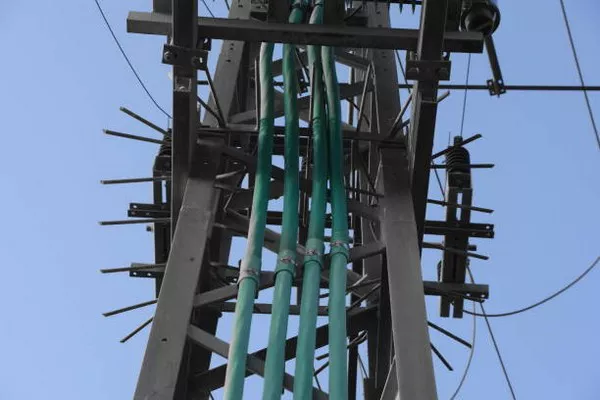Transformers play a pivotal role in the efficient transmission and distribution of electrical power across various applications, from industrial processes to everyday household appliances. One of the key components contributing to the effectiveness of transformers is the laminated core. The laminated core serves as the heart of the transformer, and its design is crucial for enhancing performance, reducing energy losses, and ensuring overall reliability.
Understanding the Basics:
A transformer functions on the principle of electromagnetic induction, wherein alternating current (AC) in the primary winding induces a voltage in the secondary winding. The core of the transformer is responsible for providing a low-reluctance magnetic path to facilitate this energy transfer. Laminated cores, made of thin sheets of magnetic material such as silicon steel, are the preferred choice for constructing transformer cores.
Reducing Eddy Current Losses:
One primary reason for opting for laminated cores in transformers is the mitigation of eddy current losses. Eddy currents are circulating currents induced in the core material due to the changing magnetic field caused by alternating current. These currents result in resistive heating, leading to energy losses and decreased transformer efficiency.
The use of laminations, or thin layers, in the core material helps to confine and limit the paths of these eddy currents. By doing so, laminated cores effectively reduce the magnitude of eddy current losses. The thinner the laminations, the higher the resistance to eddy current flow, leading to decreased energy dissipation and improved transformer efficiency.
Minimizing Hysteresis Losses:
Hysteresis losses occur when the magnetic domains within the core material undergo repeated cycles of magnetization and demagnetization. In a solid core, this process can lead to significant energy losses and heat generation. Laminated cores address this issue by breaking the core into thin layers, which reduces the total hysteresis loss.
The separation of the core into laminations minimizes the area of individual loops within the hysteresis loop, resulting in reduced energy dissipation. This translates to lower heat generation, improved transformer efficiency, and increased overall performance.
Enhancing Magnetic Flux Distribution:
Laminated cores also contribute to a more uniform distribution of magnetic flux throughout the transformer core. The thin layers allow for better control and confinement of the magnetic field, reducing magnetic flux leakage. This not only improves the transformer’s efficiency but also ensures that a higher percentage of the magnetic flux links with the windings, enhancing the overall performance of the transformer.
Mitigating Mechanical Vibrations and Noise:
Another advantage of using laminated cores in transformers is the reduction of mechanical vibrations and noise. The construction of the core with laminations helps dampen vibrations and minimize the acoustic signature of the transformer during operation. This is particularly crucial in applications where noise pollution is a concern, such as in residential areas.
Improving Cooling Efficiency:
Efficient heat dissipation is crucial for the longevity and reliability of transformers. Laminated cores facilitate better cooling by providing a larger surface area for heat to dissipate. The separation of the core into thin laminations promotes effective heat transfer from the core to the surrounding cooling medium, whether it be air or oil. This ensures that the transformer operates within its temperature limits, preventing overheating and potential damage.
See Also Is Transformer Oil Flammable? A Comprehensive Analysis
Conclusion:
In conclusion, the utilization of laminated cores in transformers is a fundamental design choice driven by the need for enhanced efficiency, reduced losses, and improved overall performance. The unique properties of laminated cores, such as the ability to mitigate eddy current and hysteresis losses, promote a more uniform magnetic flux distribution, and minimize mechanical vibrations and noise, make them indispensable in modern transformer design.
As the demand for energy-efficient and reliable electrical systems continues to grow, the importance of laminated cores in transformers remains paramount. Engineers and manufacturers continually strive to optimize transformer design by refining the characteristics of laminated cores, ensuring that these critical components play a key role in the evolution of power distribution technology.

